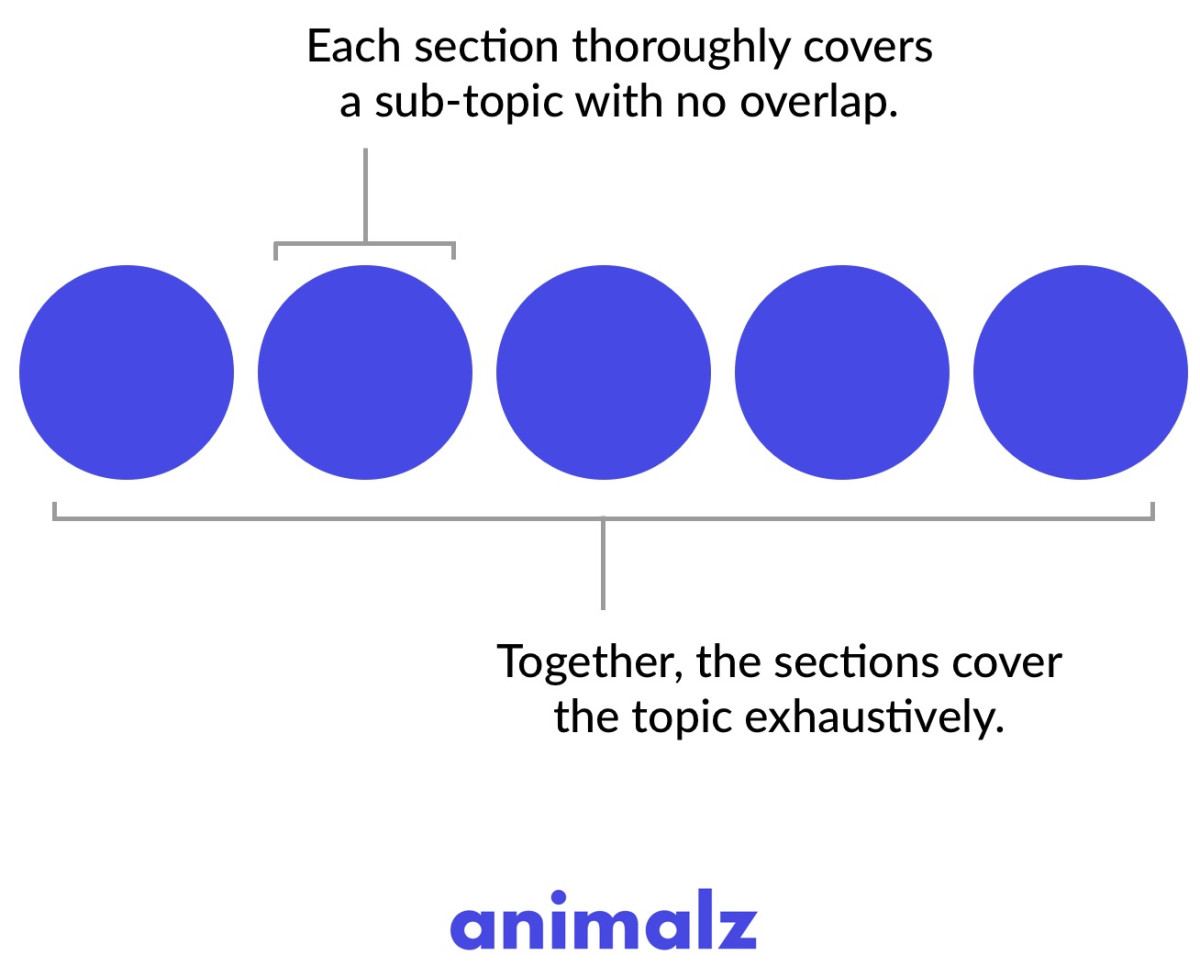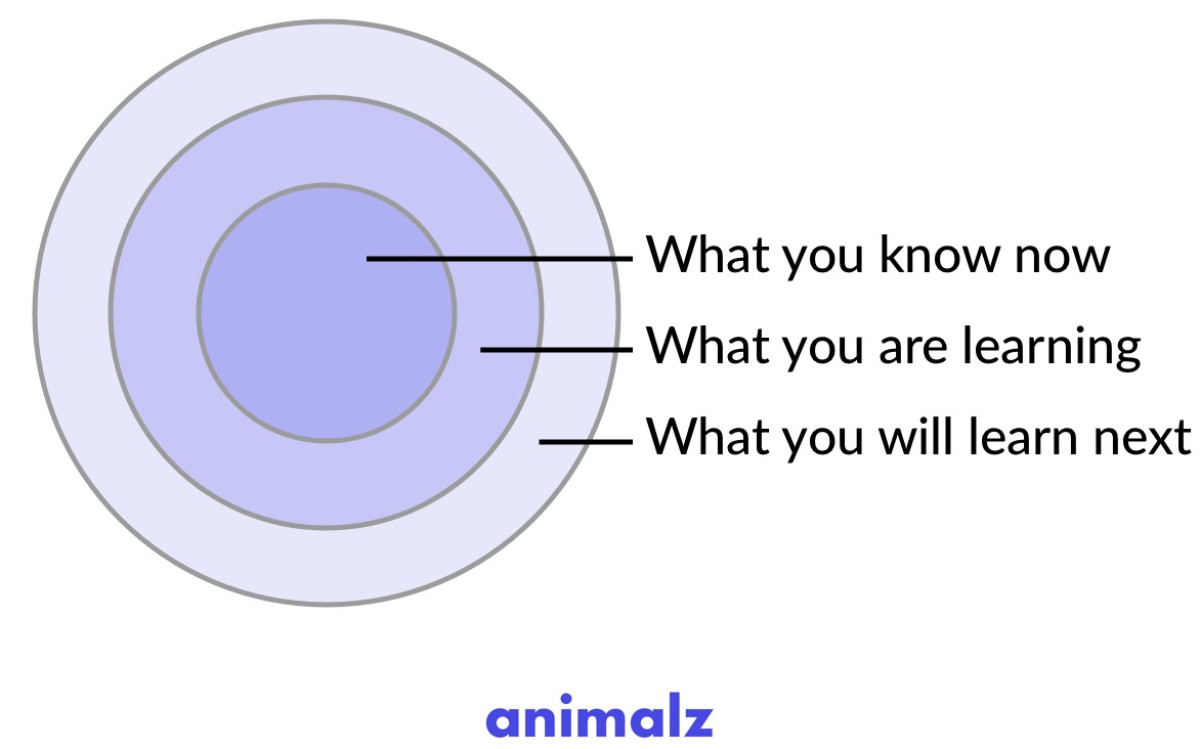Mental models are frameworks and principles that help you make decisions. They don’t provide answers, but they do provide new ways to approach old problems.
Try running a few problems through the same mental model and see if it changes the way you think about those problems. You might find a new solution, but you’ll almost definitely level up your thinking—and this is where the real value is.
The mental models below aren’t specific to content marketing, but we’ve found them to be particularly useful in our work. We hope you will too.
1. MAYA (Most Advanced Yet Acceptable)
Content marketers are constantly selling ideas. At some point in your career, you will have to promote blog posts to new readers, pitch ideas to skeptical editors, or build a content strategy to present to an executive team.

MAYA is a framework to help you sell ideas, originally coined by industrial designer Raymond Loewy. He is responsible for some of the most iconic designs of the 20th century, and his MAYA theory was the lens through which he designed and pitched his ideas.From a 2017 profile in The Atlantic:
[Loewy] believed that consumers are torn between two opposing forces: neophilia, a curiosity about new things; and neophobia, a fear of anything too new. As a result, they gravitate to products that are bold, but instantly comprehensible. Loewy called his grand theory “Most Advanced Yet Acceptable”—MAYA. He said to sell something surprising, make it familiar; and to sell something familiar, make it surprising.
As you’re selling your ideas, your writing, and even yourself, look for ways to inject a bit of surprise in well-trodden paths. The blog you are currently reading is an attempt at MAYA for content marketing—a fresh look at a topic that’s been covered extensively for more than a decade. It’s always possible to stand out with just the right amount of “new.”
2. MECE (Mutually Exclusive, Collectively Exhaustive)
MECE is a way to break down complex problems into smaller chunks. It is a particularly useful strategy to help writers organize and clearly present ideas.Imagine that you’re writing an article broken out into five sections. For it to be MECE, it should be:
Mutually Exclusive: The content of each section doesn’t overlap with any other section.
Collectively Exhaustive: Together, the sections cover the topic such that no information is omitted.
The MECE framework harmonizes with parallelism, which means that each of those five sections should also follow the same structure (e.g., all subheads should begin with verbs, or all sections should end with a key takeaway).

MECE can be used in plenty of other ways in content marketing. It helps, for example, when planning new content or pruning old content. Ideally, you want one comprehensive article per topic rather than a smattering of short articles that cover facets of that topic. You can read more about MECE here.
3. The Circle of Competence
This mental model is embraced by the likes of Warren Buffet and Charlie Munger. It suggests that you operate mostly within your “circle of competence”—i.e., your current set of skills—while constantly working to expand that circle.Shane Parrish explains on Farnam Street:
If you want to improve your odds of success in life and business then define the perimeter of your circle of competence, and operate inside. Over time, work to expand that circle but never fool yourself about where it stands today, and never be afraid to say “I don’t know.”
This model can be content-specific, but it’s more useful in the context of your career. You’ll succeed far more often while operating within your circle of competence, but work to slowly expand its boundaries. You advance in your career as your circle grows.

This may seem at odds with common startup advice like “move quickly and break things” or “fail fast.” It’s not. The circle of competence is meant to be a framework that encourages you to master skills one at a time, not a prison that prevents you from trying new things. A habit of trying new things, learning, iterating, and trying again is how you expand the circle.
4. Simple vs. Simplistic
There’s a quote attributed to Michelangelo that goes something like this: “What one takes most pains to do, should look as if it had been thrown off quickly, almost without effort. Take infinite pains to make something that looks effortless.”Simplicity is only achieved by overcoming complexity—and our work is laden with complexity. In practice, this means:
Writing, editing, and rewriting pieces until they are perfectly optimized for the reader.
Factoring in dozens of imperfect variables (audience demographics, keyword data, competitive insights, etc.) to build a simple, executable content strategy.
Practicing a presentation over and over again to eliminate anything but the most impactful content.
But be aware of the difference between simple (something to aspire to) and simplistic (something to avoid).

Simple ideas are hard to come by, but simplistic ideas are everywhere. Sites like Twitter and LinkedIn are rife with people offering simplistic business advice that is best ignored; to avoid the trap of simplistic thinking, be selective about who you follow and what you read.
5. Strategies vs. Tactics
Some content marketers are tasked with creating strategies. Others are tasked with their tactical execution.Regardless of where you fall, it’s important to understand the difference between a strategy and a tactic:
A strategy is a guiding principle that helps you achieve an outcome over the long term. Strategies should not change very often.
A tactic is a small action item that helps you get closer to the desired outcome. Tactics can change as often as needed.
This may seem like stating the obvious, but strategies and tactics get confused all the time. It’s useful to learn to execute on tactics, but the way to level up your career is to learn to think strategically. Here are a few ways this might apply to you:
Strategies are sometimes abandoned because outcomes aren’t achieved quickly enough. A good strategy is simple and unsexy. “Growing organic traffic by creating content to rank for long-tail keywords” is a sound strategy, but it’s also banal; you have to be comfortable enough with it to fend off suggestions that it isn’t working or isn’t delivering fast enough. Abandoning a strategy too soon means it will never work. Starting over increases the time to a good outcome.
Reader personas are problematic because they focus too much on demographics. Instead, it’s helpful to think about your readers on a scale from tactical to strategic: Tactical readers need instructions; strategic readers need frameworks. Creating personas like this forces you to consider how your target reader thinks, not what topics they are interested in.
Good strategies can replace unreliable tactics. Take content promotion as an example. Most content marketers don’t consider organic search to be a channel, so they don’t factor it into content-promotion planning. In reality, organic is the largest and most reliable channel. Creating a strategy to optimize content for SEO will likely deliver far better results than tactics such as posting content on community sites like Reddit. If you can replace a hit-or-miss tactic with a reliable strategy, you’ll be able to better allocate your time to valuable work.
Thinking and acting strategically is one of the best ways to accelerate your work and your career. Apply this one broadly for the best results.If you’re enjoying reading about mental models, we recommend checking out the post Mental Models I Find Repeatedly Useful. And if there are others you find useful in your work, we’d love to hear about them. Just use the contact form to get in touch.
